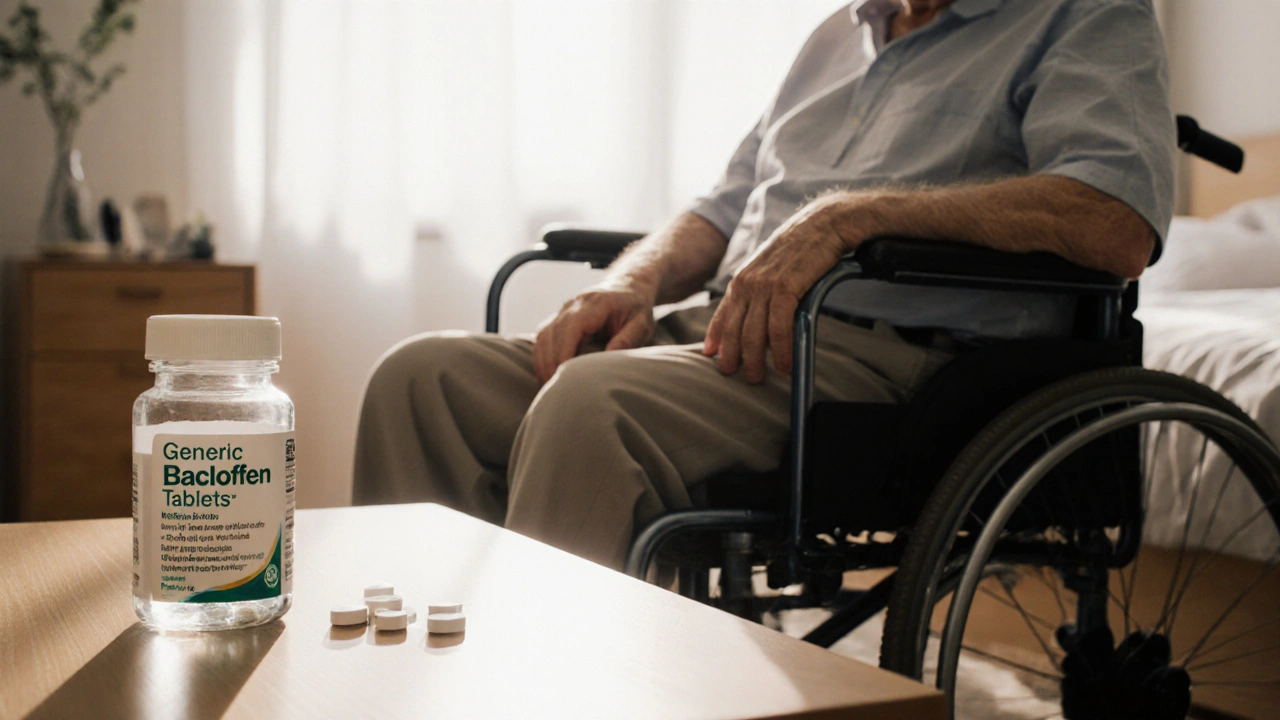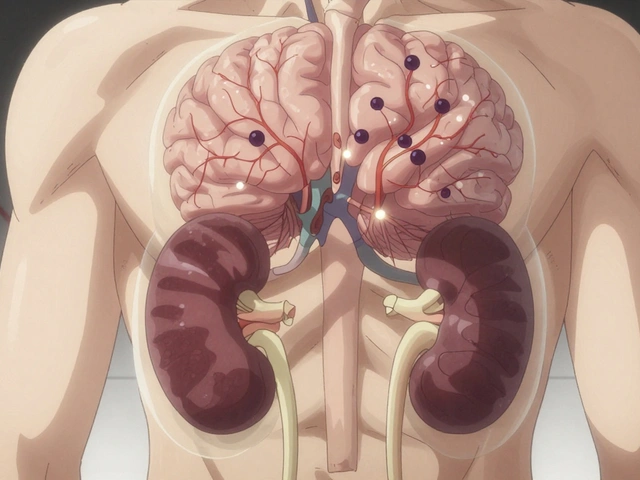baclofen alternatives – your guide to safer muscle‑relaxing choices
When looking for baclofen alternatives, drugs that can ease muscle stiffness, cramps, or spasticity without the drawbacks of baclofen. Also known as non‑baclofen muscle relaxants, they are often preferred when patients experience side‑effects like drowsiness, weakness, or liver concerns. Understanding what these alternatives are and how they work helps you pick the right option for your condition.
Key players and how they differ
The first related entity is baclofen, a GABA_B receptor agonist commonly prescribed for spasticity caused by multiple sclerosis or spinal cord injury. While effective, baclofen can cause sedation, hypotension, or withdrawal symptoms if stopped abruptly. tizanidine is a popular swap; it blocks α‑2 adrenergic receptors, lowering nerve firing that leads to muscle tone. Tizanidine usually produces less severe withdrawal but may cause dry mouth and low blood pressure, so doctors monitor dosage carefully. Another option is diazepam, a benzodiazepine that enhances GABA_A activity, providing both muscle relaxation and anxiolysis. Diazepam works fast and is useful for acute spasms, yet it carries a risk of dependence and sedation, making it less ideal for long‑term use. A third contender is gabapentin, an anticonvulsant that also dampens abnormal nerve signals associated with spasticity. Gabapentin is well‑tolerated and can help neuropathic pain, but dosing must be adjusted for kidney function.
These drugs show how baclofen alternatives encompass a range of mechanisms: GABA_B activation, α‑2 blockade, GABA_A potentiation, and calcium channel modulation. Choosing the right one depends on several factors: severity of spasticity, co‑existing conditions, potential drug interactions, and patient lifestyle. For example, someone with hypertension might avoid tizanidine, while a patient with a history of substance misuse would likely steer clear of diazepam. Insurance coverage and cost also play a role; generic forms of gabapentin and tizanidine are often cheaper than brand‑name baclofen. The key is a shared decision‑making process with your healthcare provider, weighing benefits against side‑effects, to land on the most suitable option.
Beyond the primary alternatives, clinicians sometimes combine low doses of two agents to balance efficacy and tolerance. A common combo is gabapentin plus a low‑dose muscle relaxant, which can reduce the need for higher, more sedating doses of any single drug. Physical therapy, stretching routines, and occupational strategies complement pharmacologic treatment, limiting reliance on medication alone. When you read the articles below, you’ll find detailed comparisons, safety tips, dosing guidelines, and real‑world scenarios that illustrate when each alternative shines. Armed with this background, you’ll be better prepared to discuss options with your doctor and choose a plan that fits your health goals.

Lioresal vs. Alternative Spasticity Treatments: Detailed Comparison
A thorough side‑by‑side look at Lioresal (baclofen) and its main alternatives, covering mechanisms, costs, pros, cons, and how to pick the right spasticity treatment.
Continue Reading



